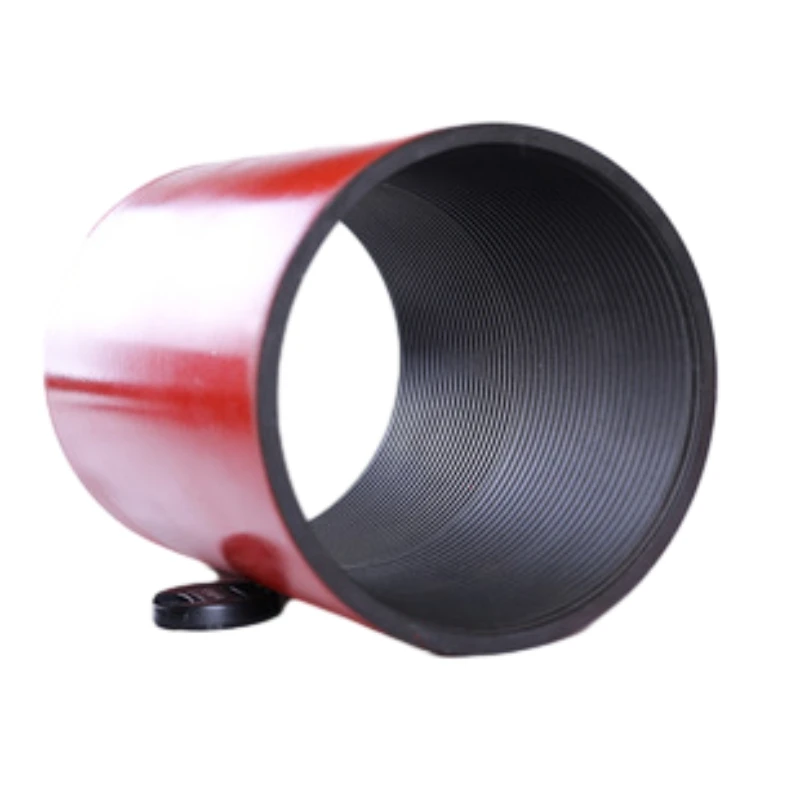- Afrikaans
- Albanian
- Amharic
- Arabic
- Armenian
- Azerbaijani
- Basque
- Belarusian
- Bengali
- Bosnian
- Bulgarian
- Catalan
- Cebuano
- Corsican
- Croatian
- Czech
- Danish
- Dutch
- English
- Esperanto
- Estonian
- Finnish
- French
- Frisian
- Galician
- Georgian
- German
- Greek
- Gujarati
- Haitian Creole
- hausa
- hawaiian
- Hebrew
- Hindi
- Miao
- Hungarian
- Icelandic
- igbo
- Indonesian
- irish
- Italian
- Japanese
- Javanese
- Kannada
- kazakh
- Khmer
- Rwandese
- Korean
- Kurdish
- Kyrgyz
- Lao
- Latin
- Latvian
- Lithuanian
- Luxembourgish
- Macedonian
- Malgashi
- Malay
- Malayalam
- Maltese
- Maori
- Marathi
- Mongolian
- Myanmar
- Nepali
- Norwegian
- Norwegian
- Occitan
- Pashto
- Persian
- Polish
- Portuguese
- Punjabi
- Romanian
- Russian
- Samoan
- Scottish Gaelic
- Serbian
- Sesotho
- Shona
- Sindhi
- Sinhala
- Slovak
- Slovenian
- Somali
- Spanish
- Sundanese
- Swahili
- Swedish
- Tagalog
- Tajik
- Tamil
- Tatar
- Telugu
- Thai
- Turkish
- Turkmen
- Ukrainian
- Urdu
- Uighur
- Uzbek
- Vietnamese
- Welsh
- Bantu
- Yiddish
- Yoruba
- Zulu
Understanding the Essential Role of Well Casing Coupling in Oil and Gas Extraction Processes
Understanding Well Casing Couplings Key Components in Oil and Gas Drilling
In the oil and gas industry, the process of drilling is a complex endeavor that requires precision engineering and robust materials. One of the critical components in drilling operations is the well casing, which provides structural integrity to the wellbore. Among the various components associated with well casing, couplings play a vital role. This article explores well casing couplings, their significance, types, and the factors influencing their selection.
What Are Well Casing Couplings?
Well casing couplings are specialized fittings used to connect individual lengths of casing pipe. They serve as the joints that allow multiple casing strings to be assembled into a single, continuous run that can be lowered into the wellbore. The primary function of a casing coupling is to maintain the integrity of the casing while providing a secure and leak-proof connection that withstands the extreme conditions encountered during drilling operations.
The Importance of Couplings
The importance of well casing couplings cannot be overstated. They facilitate the construction of wells that can endure high pressures, temperatures, and corrosive environments commonly found in oil and gas extraction processes. A reliable coupling ensures that the casing strings remain intact and effectively prevent the collapse of the wellbore, which is crucial for the safety and efficiency of drilling operations.
Moreover, couplings also aid in cementing the casing to the surrounding formation, which is critical for preventing fluid migration between different geological layers. This process helps isolate the production zones and minimizes environmental risk associated with reservoir pressure and fluid containment.
Types of Casing Couplings
Casing couplings come in various types to accommodate different casing designs and operational requirements
. Some of the most common types include1. Threaded Couplings These are the most prevalent type of couplings in the industry. They feature male and female threads that allow for easy assembly and disassembly. The threaded design provides a secure connection that can withstand significant tensile and compressive forces.
2. Butt-Weld Couplings Used in specific applications, butt-weld couplings create a seamless connection by welding the casing ends together. This type eliminates potential weak points found in threaded connections, making it suitable for high-pressure environments.
well casing coupling

3. Slip-On Couplings These couplings slide over the ends of the casing pipes and are typically fastened using bolts. Though not as common as threaded couplings, they are beneficial in certain installations where quick assembly is necessary.
4. Specialty Couplings These include custom-designed couplings created to meet specific requirements, such as corrosion resistance, high strength, or unique environmental conditions.
Factors Influencing Coupling Selection
The choice of casing coupling involves careful consideration of several factors
- Material Compatibility Couplings must be compatible with the material of the casing pipes. Common materials include carbon steel, stainless steel, and composite materials, depending on environmental conditions.
- Pressure and Temperature Ratings Couplings must be capable of handling the anticipated pressures and temperatures of the well environment.
- Corrosion Resistance In corrosive environments, selecting couplings made from resistant materials or coated to prevent degradation is crucial for long-term performance.
- Cost and Availability Economic considerations also play a role in coupling selection, as the project budget and lead times may influence decisions.
Conclusion
Well casing couplings are an indispensable aspect of the oil and gas drilling industry, ensuring the structural integrity and reliability of the wellbore. By understanding the different types of couplings and the factors that influence their selection, industry professionals can make informed decisions that enhance the efficiency and safety of drilling operations. As drilling technologies continue to evolve, so too will the designs and materials used in well casing couplings, reflecting the industry's commitment to innovation and sustainability.
-
Tubing Pup Joints: Essential Components for Oil and Gas OperationsNewsJul.10,2025
-
Pup Joints: Essential Components for Reliable Drilling OperationsNewsJul.10,2025
-
Pipe Couplings: Connecting Your World EfficientlyNewsJul.10,2025
-
Mastering Oilfield Operations with Quality Tubing and CasingNewsJul.10,2025
-
High-Quality Casing Couplings for Every NeedNewsJul.10,2025
-
Boost Your Drilling Efficiency with Premium Crossover Tools & Seating NipplesNewsJul.10,2025







